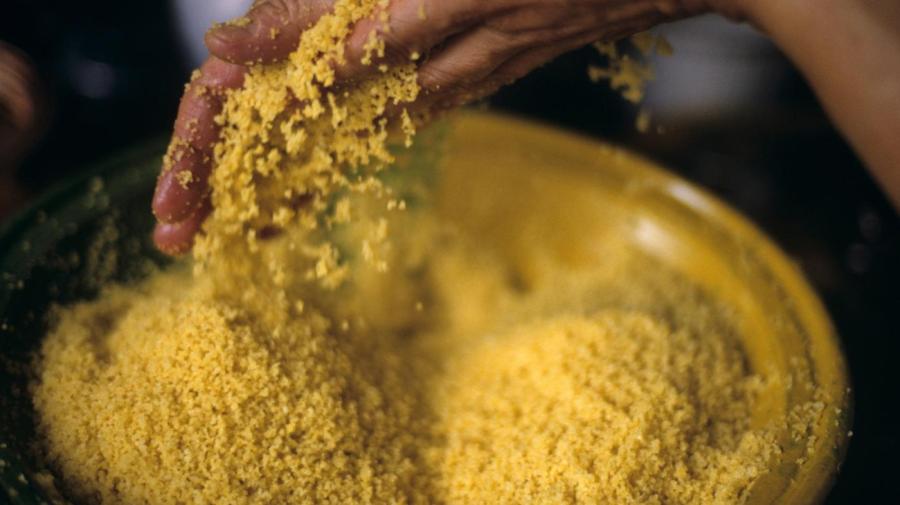What Are the Health Risks of Eating Cornstarch?

The health risks of eating cornstarch include weight gain, high blood pressure, cancer, anemia, constipation, ulcers, tooth decay and diabetes. These risks increase with consumption of large quantities of cornstarch. Pica is the medical condition of craving for cornstarch. Amylophagia is a type of pica characterized by compulsive consumption of cornstarch. It is common among pregnant women, according to Healthy Eating.
Cornstarch is derived from the endosperm of corn kernel. It is used as a food thickener and is commonly found in baked and fried foods. According to Healthy Eating, cornstarch is a low-nutrition, high-calorie food. Lack of adequate iron and zinc in blood is a common cause of cornstarch craving. Cornstarch has 30 calories per tablespoon but lacks fiber, proteins, vitamins and fats. Genetically modified corn has more health risks than organic cornstarch.
Pica affects both adults and children. Symptoms of pica include eating non-food materials such as clay, paint, ice and sand. Blood test for mineral deficiency is used in the diagnosis of pica. Treatment of pica focuses on behavior change, replacement of missing minerals and resolving underlying medical conditions such as iron deficiency anemia. Amylophagia in a pregnant woman may cause abnormal development of the baby and premature delivery explains Wikipedia. When cornstarch craving is suspected, a health practitioner should be consulted immediately for evaluation and treatment.





